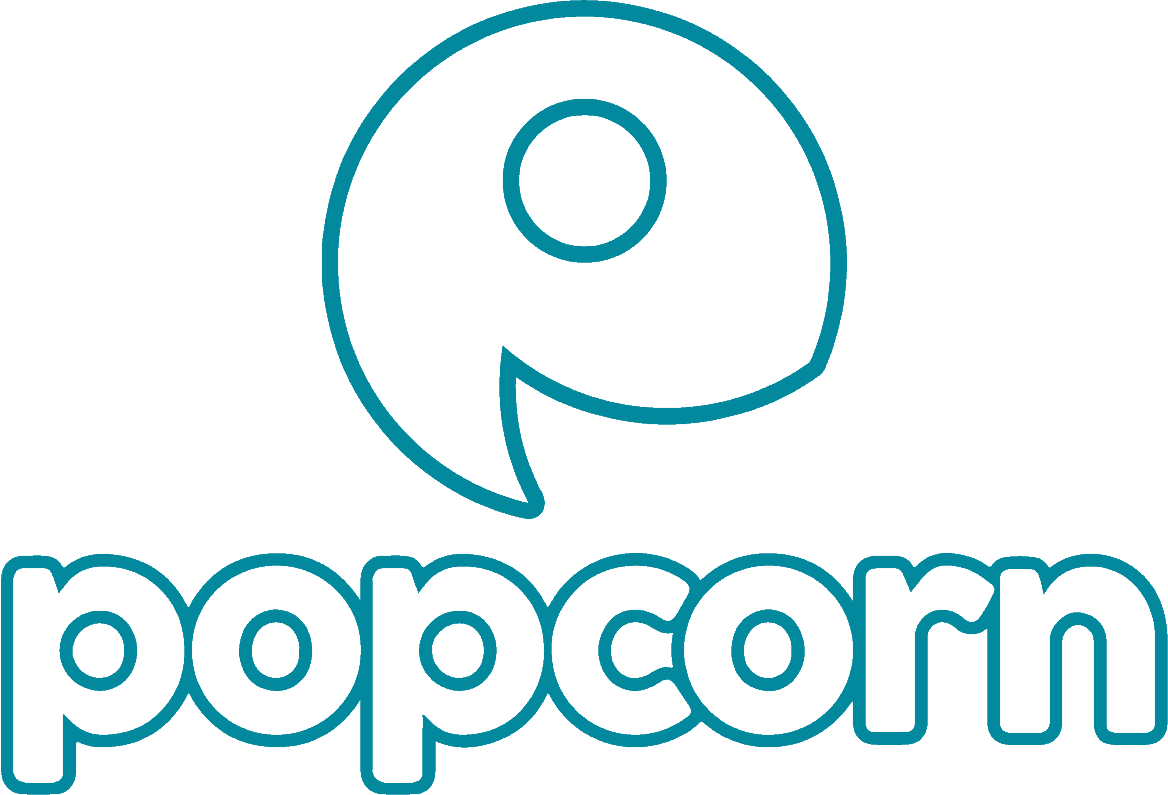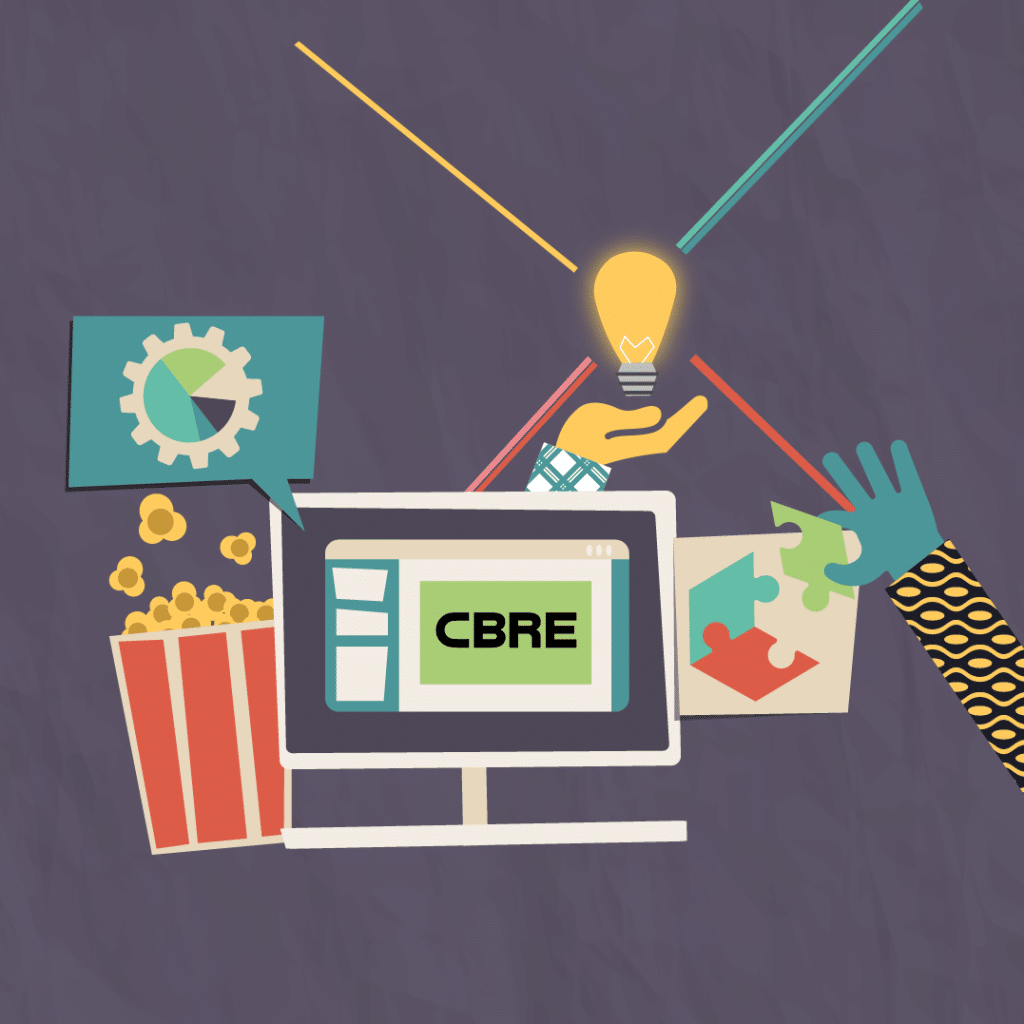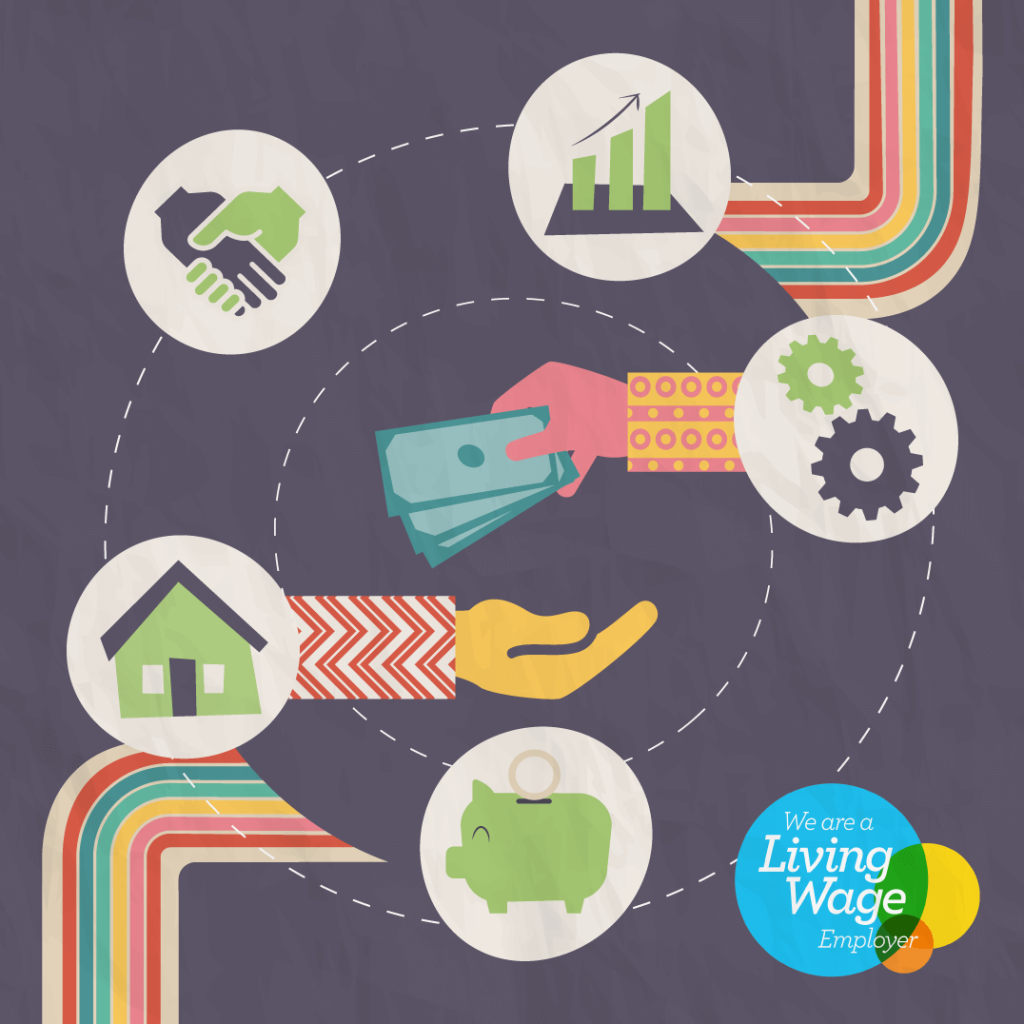If I asked you to tell me about your favourite movie, what would you say? Would you talk me through the plot? Mention the beautiful scenery and the evocative soundtrack? Gush about the protagonist and the romantic interest and how they eventually get together? Let me grab the popcorn – you may be able to tell me so much about the movie that I wouldn’t even need to watch it myself!
Now, what if I asked you to talk me through the last corporate presentation you watched? You might be able to recall a fact or a figure here or there, but chances are you won’t be able to share anything like the detail you could from your favourite movie. Why? Because of the lack of storytelling!
Corporate presentations generally lack interesting characters, a feeling of suspense, and a grand finale, unless you work for an incredibly forward-thinking company. They’re usually just a series of facts and data shared in a linear manner. They’re a vessel to share information and they do that well, but you probably won’t daydream about them after you’ve left the presentation room, or tell your friends about them.
According to cognitive psychologist Jerome Bruner, we are 22 times more likely to remember a fact when it’s been wrapped in a story. This is because stories are memorable. They trigger our emotions and help us connect with characters, imagery and a narrative. It makes sense, then, that storytelling can be a powerful tool in the quest to create successful, memorable elearning. If we can create compelling stories that engage our audience, they’re more likely to remember what they’ve learned and be able to recall the information further down the line.
With that in mind, here are a few reasons why storytelling can be a great tool for elearning:
It engages our emotions
Humans are emotional, and emotions influence us. Let’s say you’re putting together a piece of flatpack furniture. The manual says to do it one way, but your friend mentioned doing it a different way. You’re more likely to follow your friend’s advice over the instructions in a manual because you have a connection with them. And it’s the same with storytelling. Stories are packed with excitement, suspense, and humour which trigger emotional responses and make us feel personally involved. For this reason, we’re more likely to engage with the information within them.
It helps us to remember things
Storytelling is an example of a mnemonic, a tool that aids with remembering specific facts or pieces of information. Remember committing the saying “Richard of York gave battle in vain” to memory when you were younger? This handy trick is a way to remember the order of colours in the rainbow. Mnemonics organise unstructured information by using imagery, rhyme or a story to make the information easier to learn. If you share a statistic about the number of people in an organisation who have increased productivity due to a new process, your learners will likely read it but not engage with it. If you build a story around that statistic detailing the struggles that people faced before the new process was introduced, it all becomes a lot more real and relatable.
It piques our curiosity
We’ve all been there. You tell your partner you’re going to sleep once you’ve finished the chapter you’re reading but the next thing you know it’s 2 am and you’ve finished the whole book. We can’t help turning pages or watching five more minutes of a movie because we want to know what happens next. By using storytelling in elearning we can recreate this desire to know more. Weaving an interesting story through the content means your audience will be hanging on your every word and keen to get to the end of the course to find out what happens. They’ll be thinking about the ending or solution as they work through it, considering possibilities and weighing up different outcomes. This turns them into active learners as they’re doing a lot more than simply clicking to continue to the next section.
It makes us more open and accepting of information
According to research at Ohio State University, cognitive processes occur when we’re fully emerged in a story that make us almost forget about the world around us. Researchers called this ‘transportation’, and discovered that it makes us more likely to embrace the messages shared within a story. They also found that we believe a story more readily than we would believe information that doesn’t follow a narrative. When we hear facts and figures in a non-narrative setting, we’re thinking about our own knowledge and actively debating what we’re hearing. When we hear a story, on the other hand, our focus is solely on the narrative. We’re completely absorbed by it and thus more likely to follow directions and embrace ideals within it.
Storytelling can be a powerful way of making elearning engaging and memorable. Make sure you read the second part of this blog series to find out how to incorporate it into your next course. Alternatively, drop us a line at [email protected] and we’ll arrange a chat about our experience and expertise in this area.






